These are color versions of the black and white illustrations in the book as well as additional related illustrations.
Color Versions of Plates
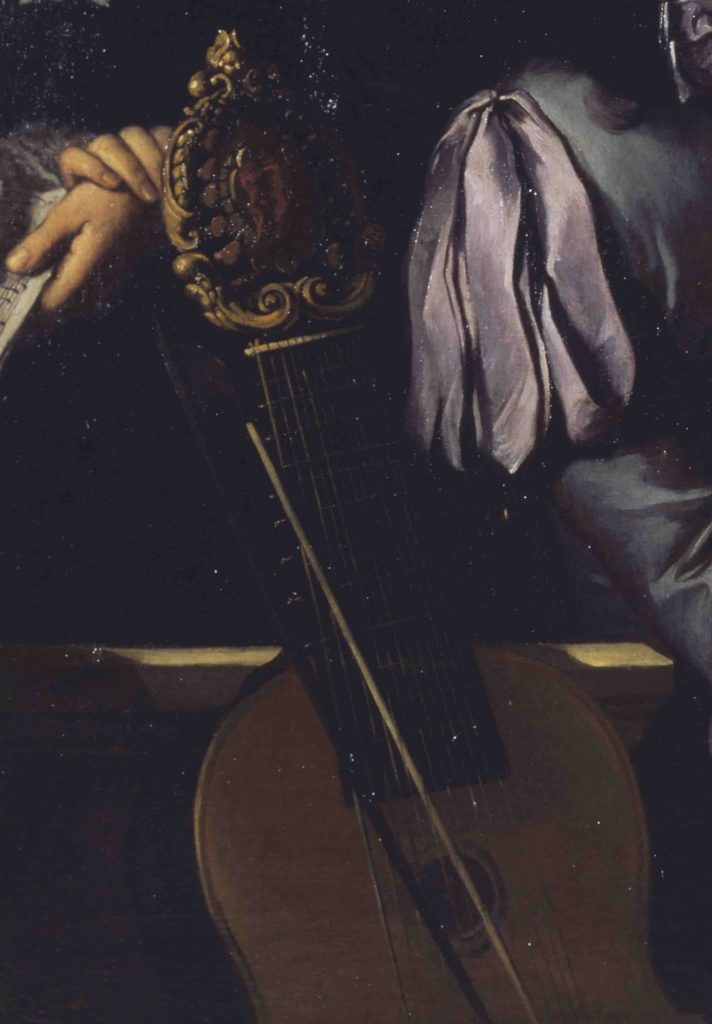
Plate 1. Antonio Domenico Gabbiani (1652–1726): Lirone enarmonico in detail of The Prince Ferdinando de’ Medici and the Musicians of the Court (c. 1684). Galaria Palatina, Palazzo Pitti, Florence, Italy. Scala/Art Resource, NY.
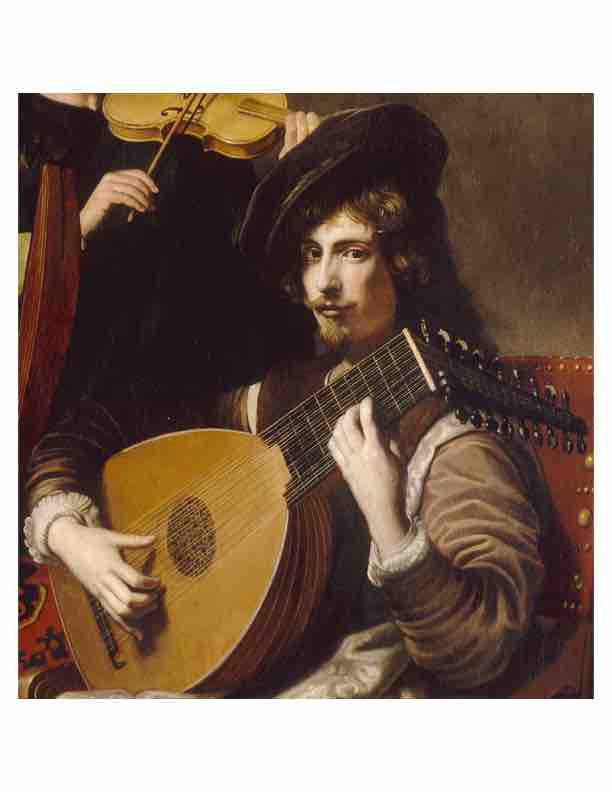
Plate 2. Nicholas Tournier (1590–c.1639): Detail of Le Concert. Louvre, Paris. © RMN-Grand Palais/Art Resource, NY.

Plate 3. Carlo Saraceni (1585–1620): Detail of St. Cecilia. Galleria Nazionale d’Arte Antica, Rome. Scala/Art Resource, NY.
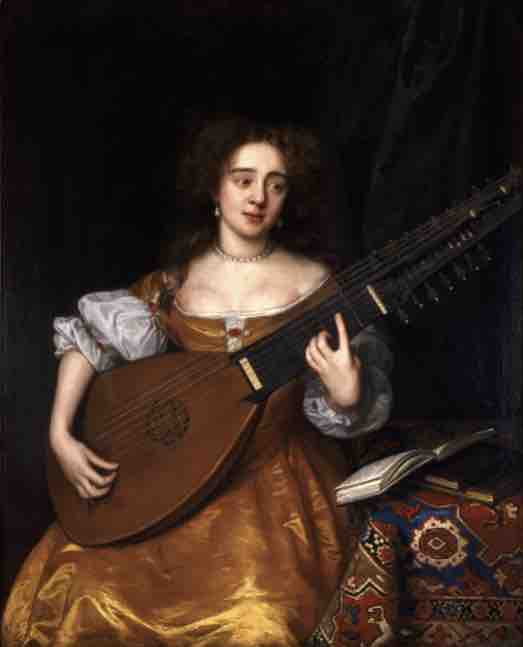
Plate 4. John Michael Wright (c. 1617–1700): Lady with a Theorbo (c. 1675). Columbus Museum of Art, Ohio: Schumacher Fund Purchase 1963.033.
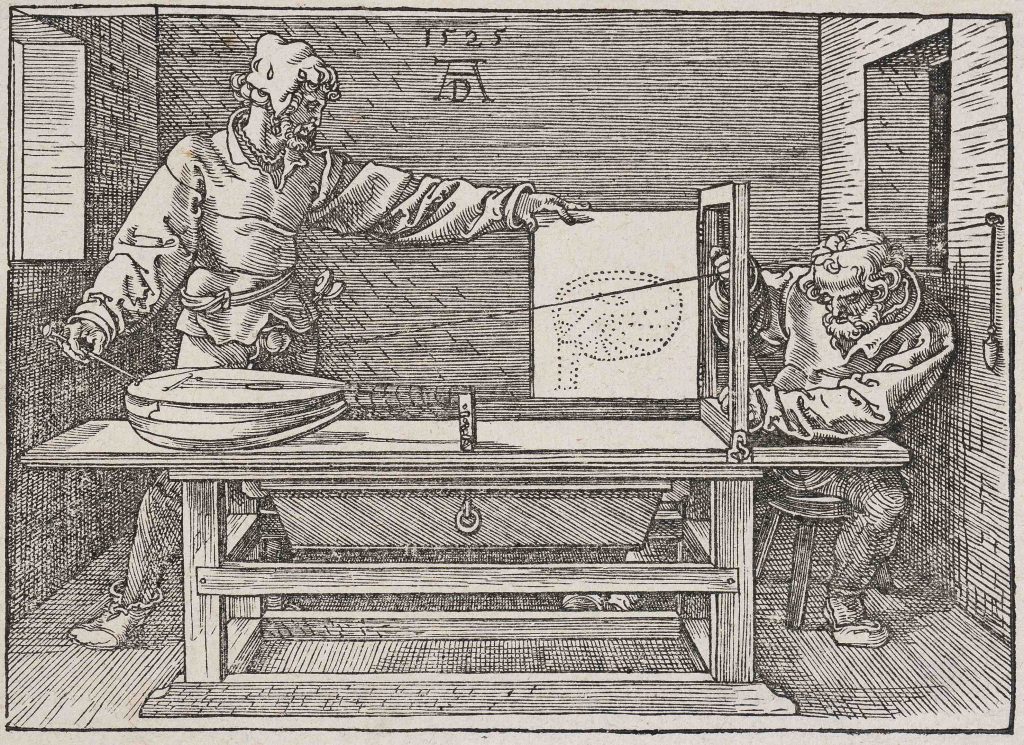
Plate 5. Albrecht Dürer (1471–1528): “The Draughtsman with Lute,” from his Treatise on Mensuration with the Compass and Ruler in Lines, Planes, and Whole Bodies (1525). Kupferstichkabinett, Staatliche Museen, Berlin, Germany. Volker-h. Schneider/Art Resource, NY.
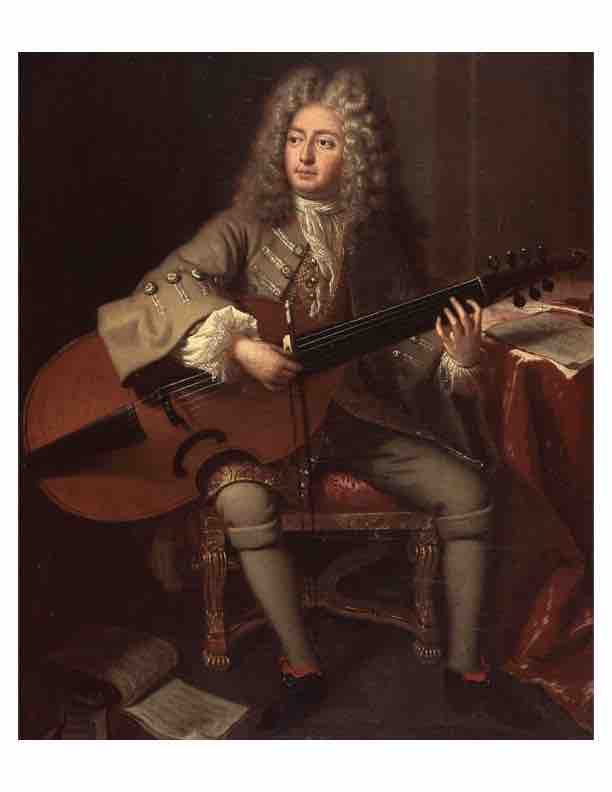
Plate 6. Andres Bouys (1656–1740): Portrait of the composer and musician Marin Marais (1656-1728). Bibliotheque Nationale de l’Opera, Paris. © RMN-Grand Palais/Art Resource, NY.
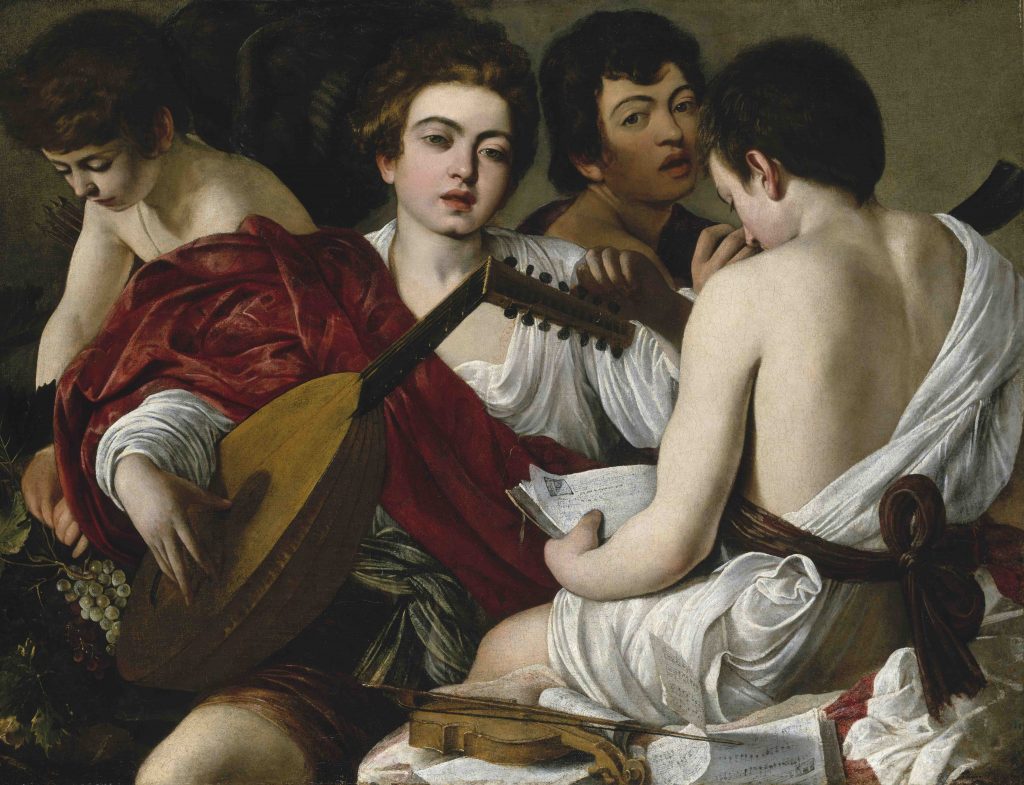
Plate 7. Michelangelo Merisi known as Caravaggio (1573–1610): The Musicians Metropolitan Museum of Art, NY. Art Resource, NY.
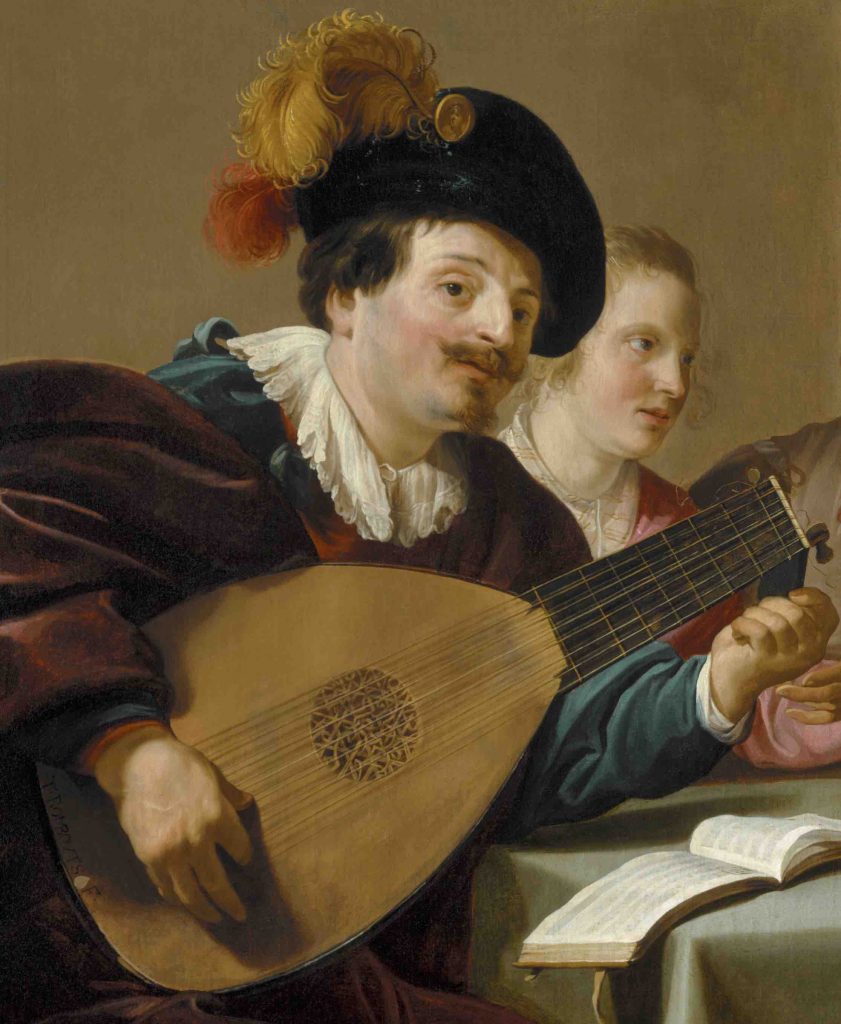
Plate 8. Theodor Rombouts (1597–1637): Detail of Musical Company with Bacchus. The Kremer Collection (www.thekremercollection.com).
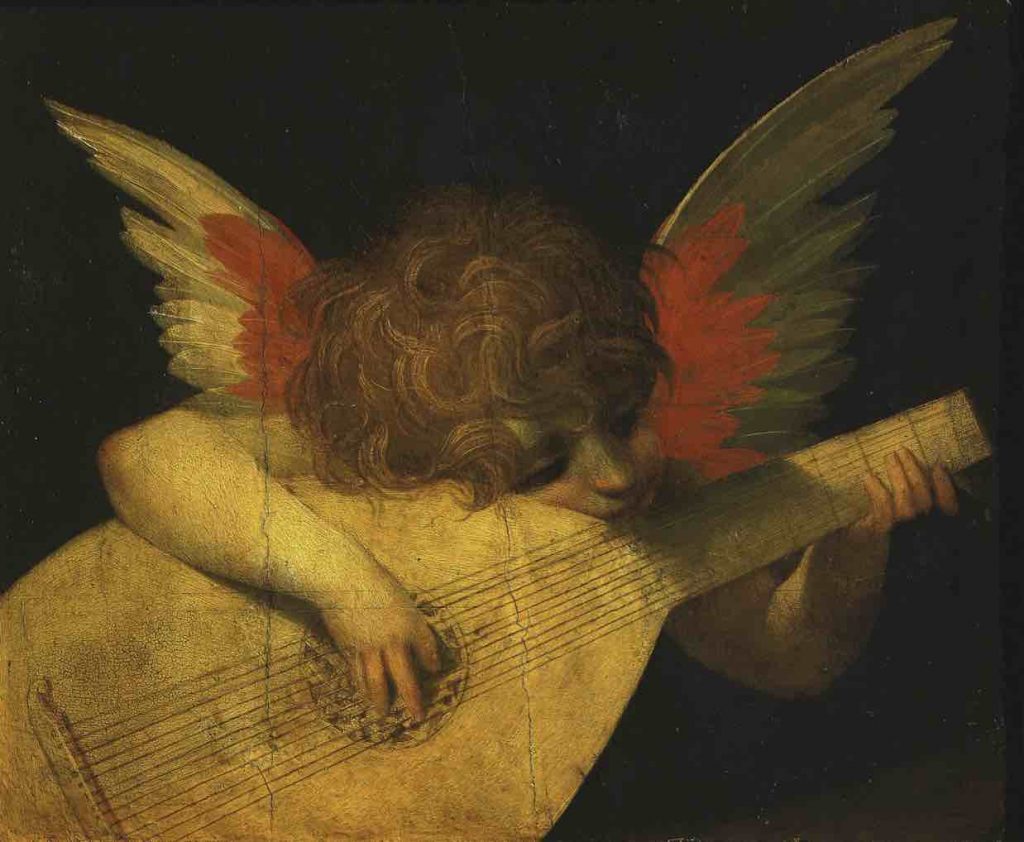
Plate 9. Giovanni di Jacopo Rosso Fiorentino (1494–1541): Angelo che suona il liuto (c. 1520). Galeria degli Uffizi Florence. Gianni Dagli Orti/The Art Archive at Art Resource, NY.

Plate 10. Detail of Hendrick ter Brugghen (1588–1629): The singing lute player. The Kremer Collection (www.thekremercollection.com).
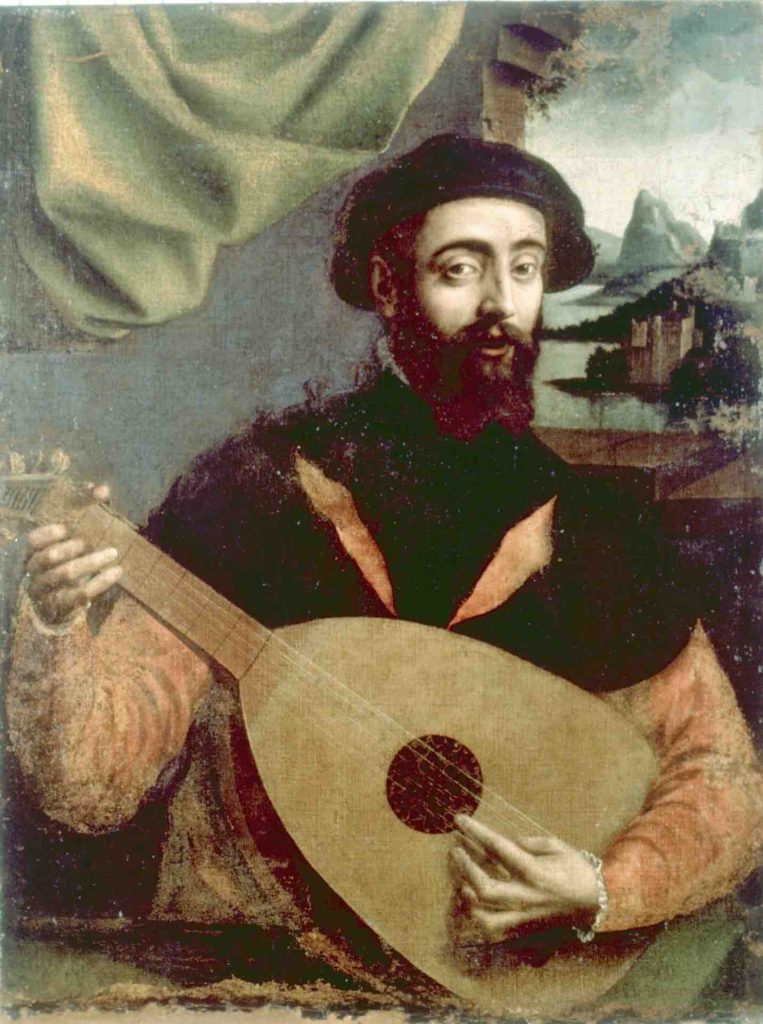
Plate 11. Giulio Campi (1502–1572): Portrait of a Lutenist. Pinacoteca Civica, Como.
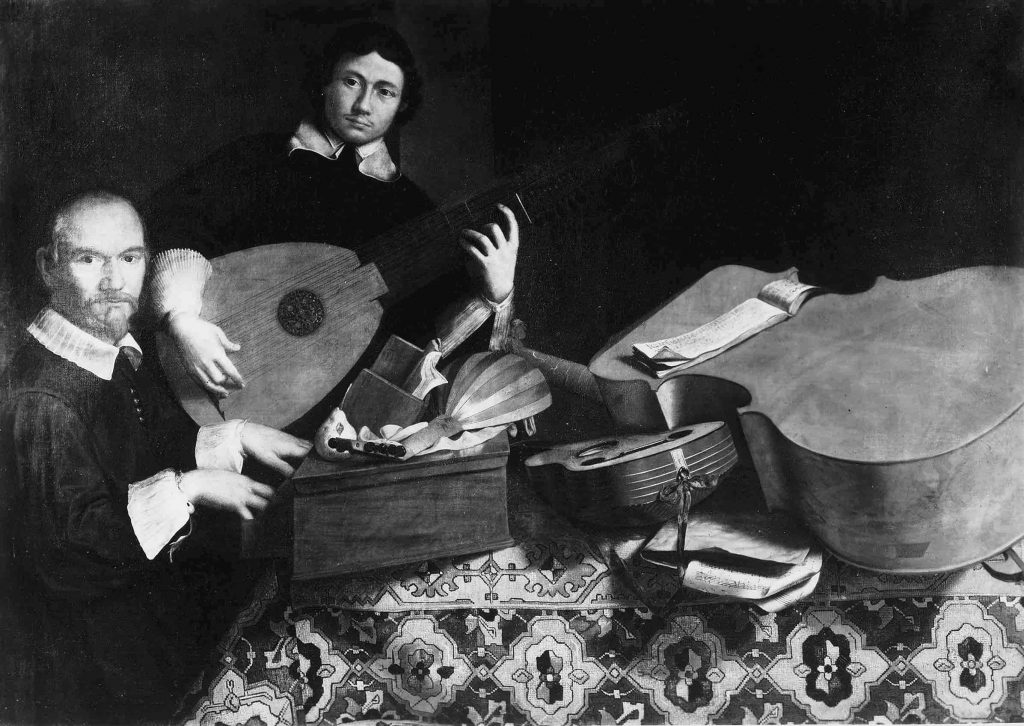
Plate 12. Evaristo Baschenis (1617–1677): Selfportrait with the Count Alesandro Agliardi with Instruments (c. 1637–1677). Painting belonging to the Count Agliardi Collection of Bergamo, Bergamo, Italy. Alinari/Art Resource, NY. [not available in color]
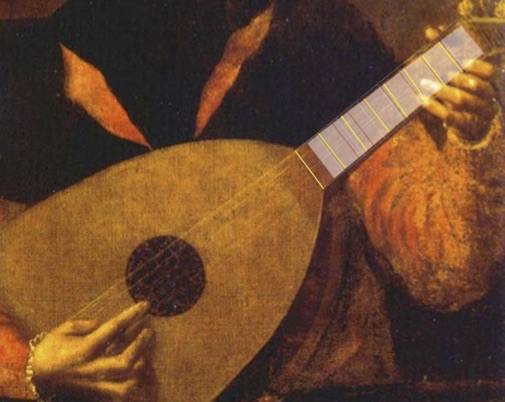
Plate 13. Giulio Campi (1502–1572): Overlay of 3D Fretting Grid on detail of Portrait of a Lutenist. Pinacoteca Civica, Como. Courtesy of Tim Watson.
Color Versions of Selected Figures
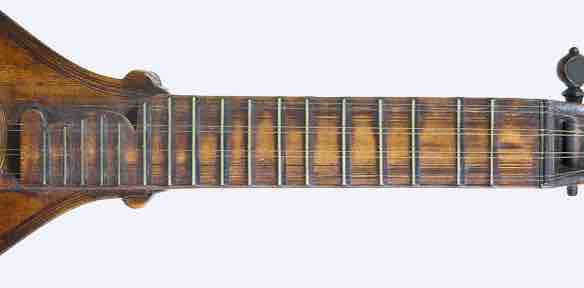
Figure 2.1. Fretboard of English Cittern. National Music Museum, The University of South Dakota, Bill Willroth Sr., Photographer.

Figure 2.2. Palmer Orpharion. Photo by Ture Bergstrøm courtesy of the Danish Music Museum.
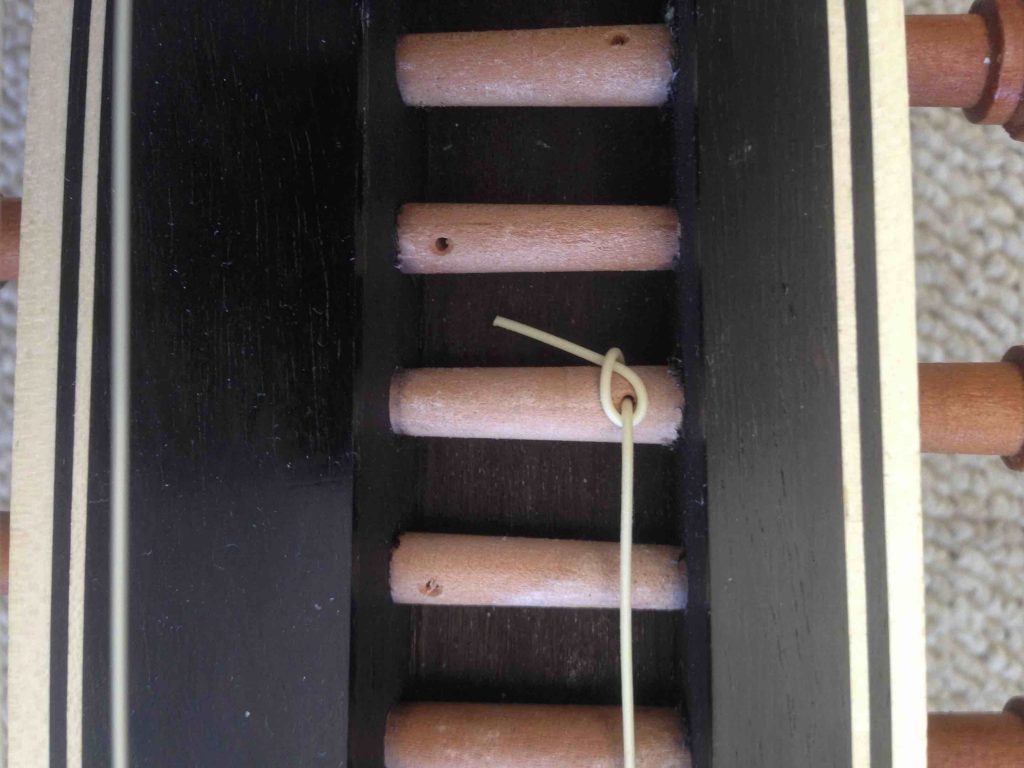
Figure 6.1. Peg Hole Knot
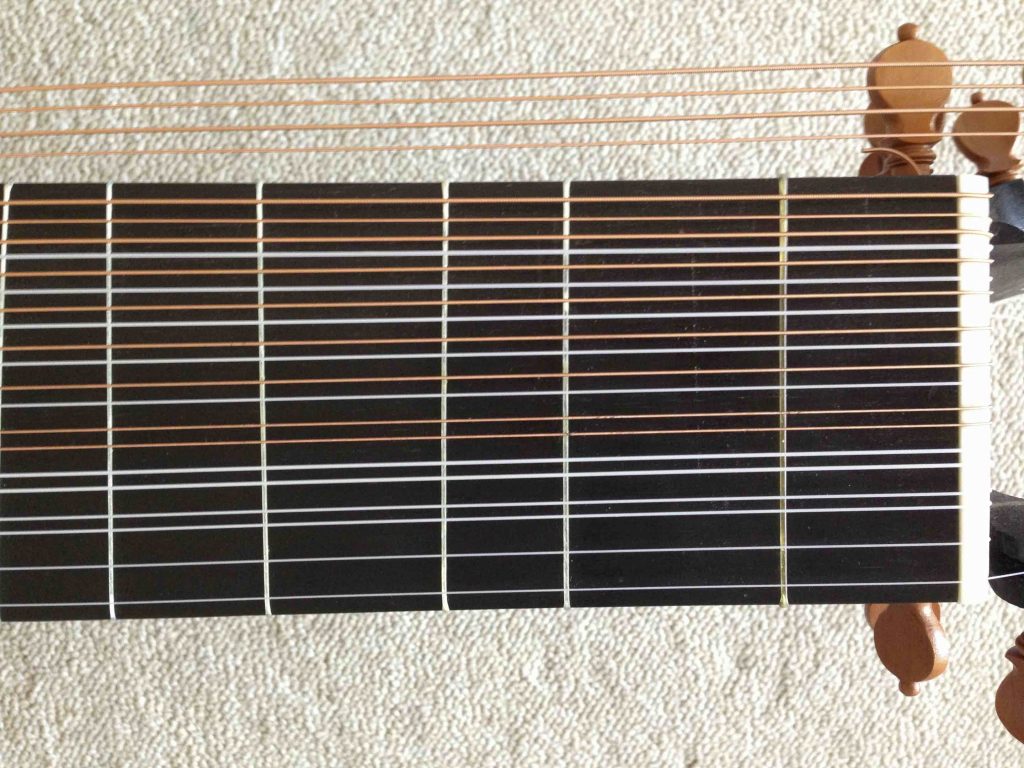
Figure 7.1. Baroque Lute in 1/5-comma Meantone Temperament set for A Major.
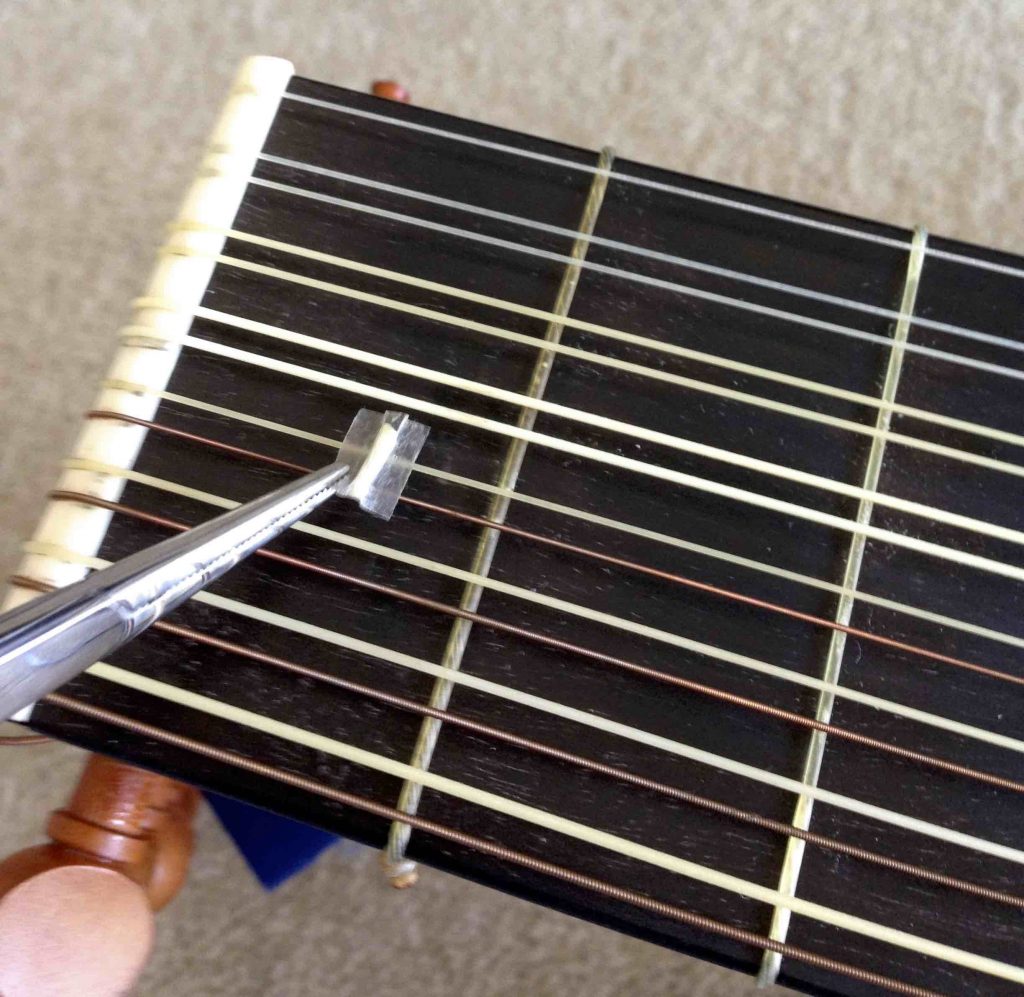
Figure 7.3. Old Fret Segment Tastino Prepared for Attachment with Tape and Forceps.
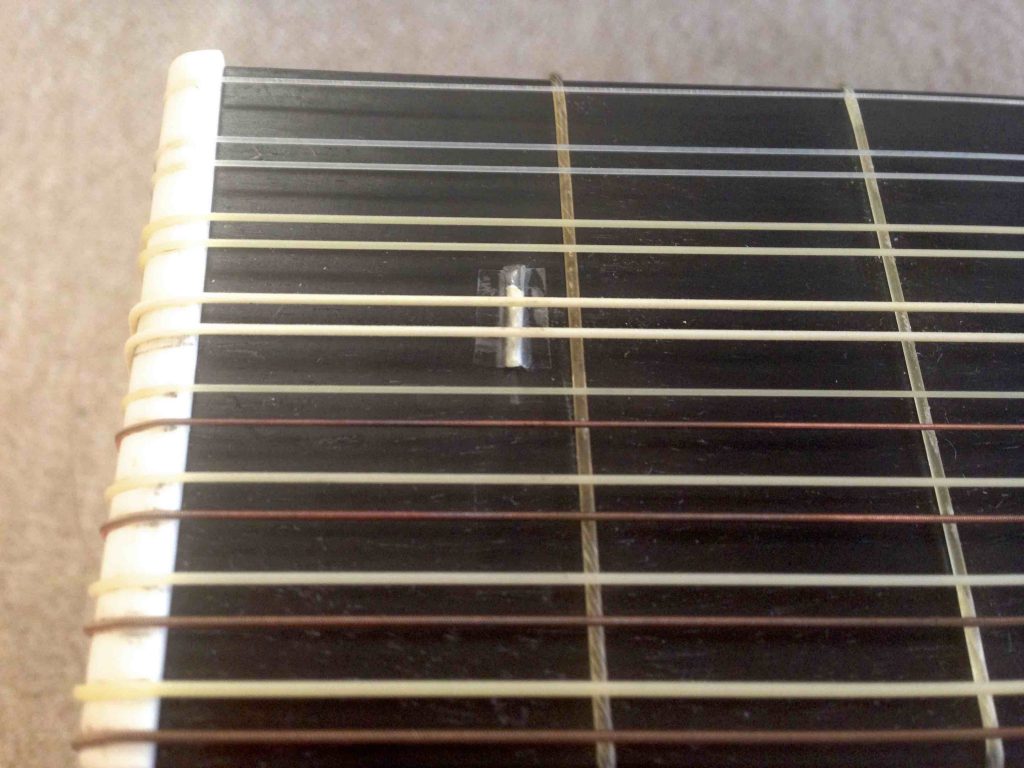
Figure 7.4. Old Fret Segment Tastino Attached with Tape.
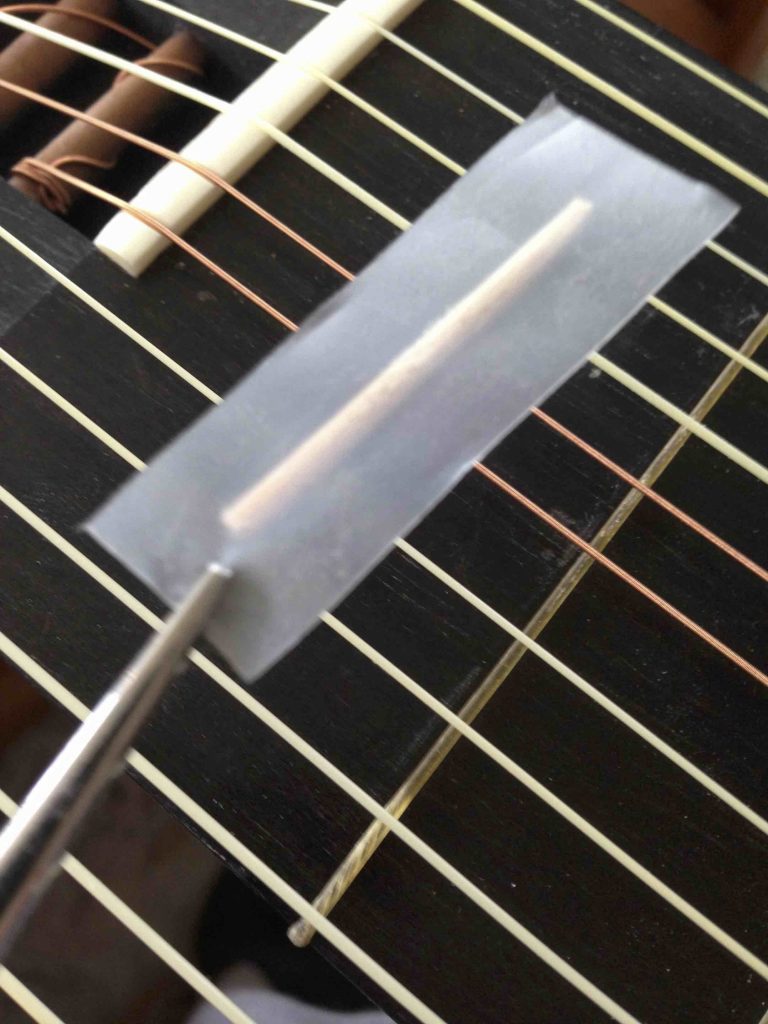
Figure 7.5. Toothpick Tastino Prepared for Attachment with Tape and Forceps.
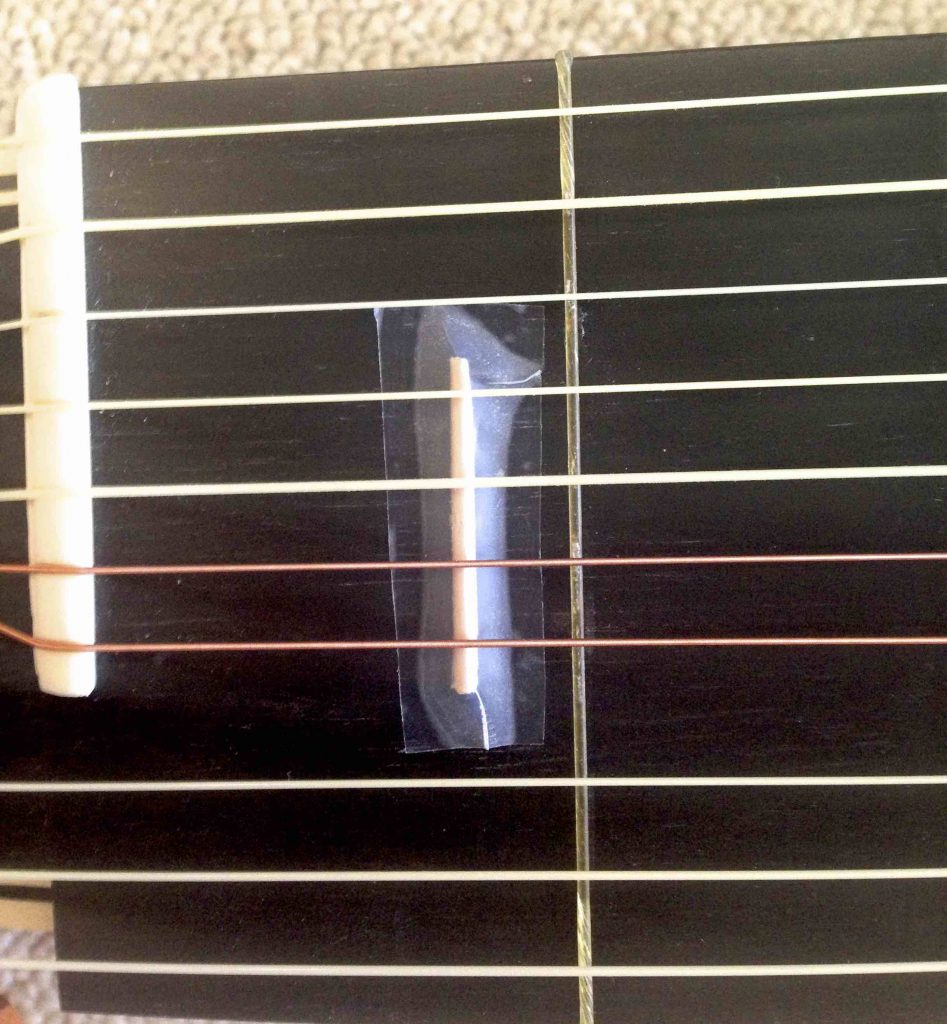
Figure 7.6. Toothpick Tastino Attached with Tape.
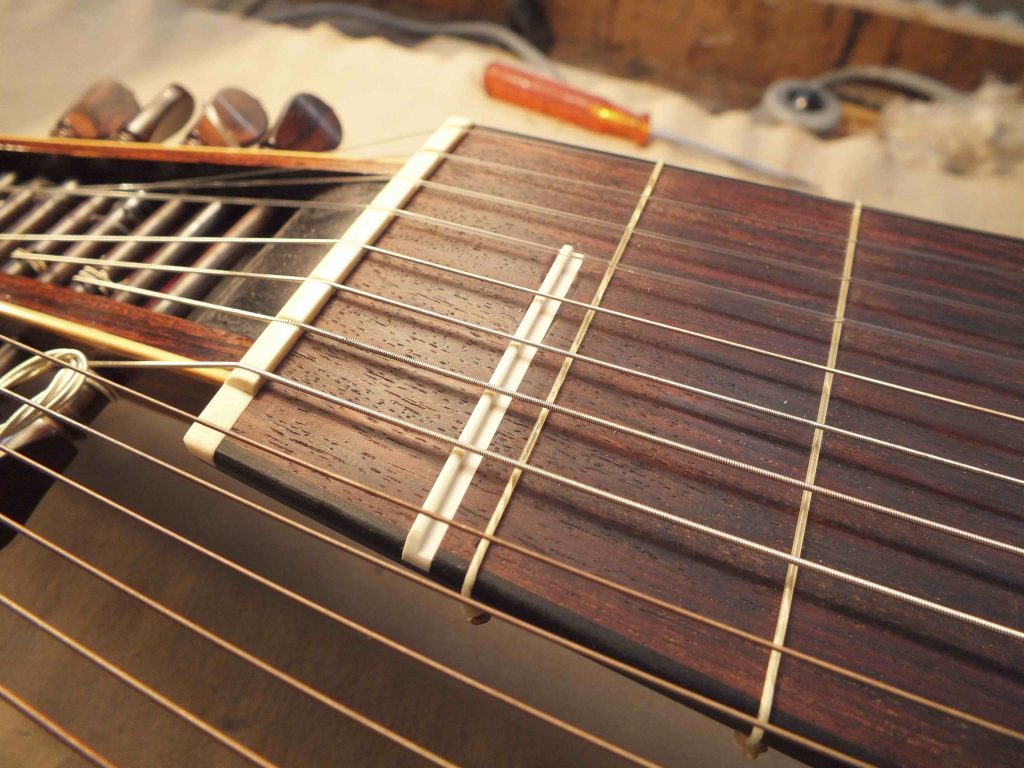
Figure 7.7. Tastino Insert. Photo Courtesy of Maurice Ottiger.

Figure 7.8. Flush Insert. Photo Courtesy of Maurice Ottiger.
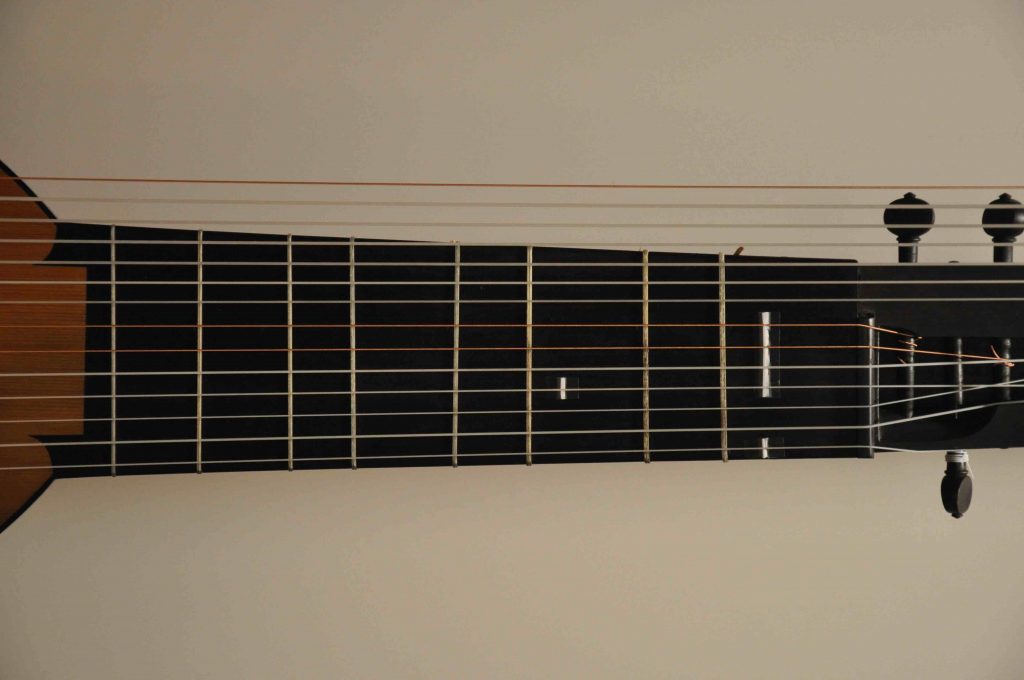
Figure 7.9. Lute with G# Tastini. Photo courtesy of Micheal Kudirka.

Figure 9.1. Viol Self-locking String Attachment to Peg [black and white for contrast].
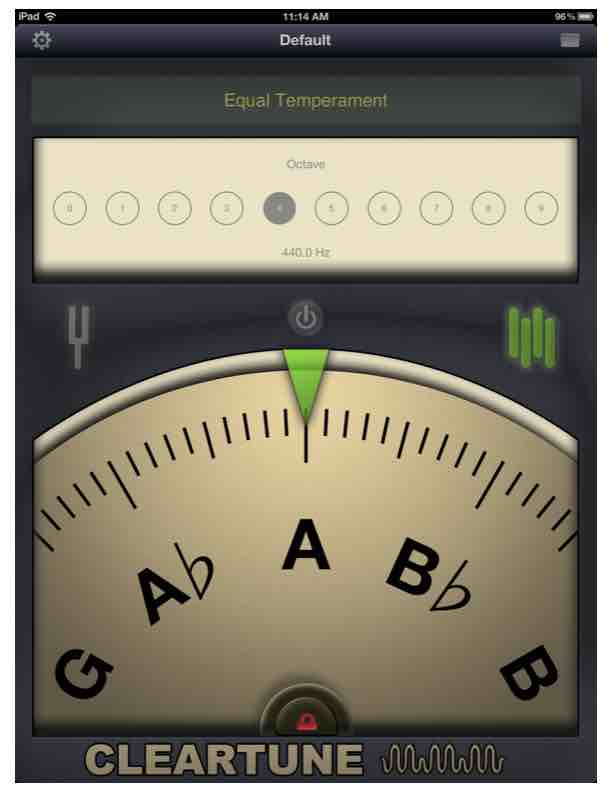
Figure A1.1. Cleartune Screenshot: A = 440 Hz.
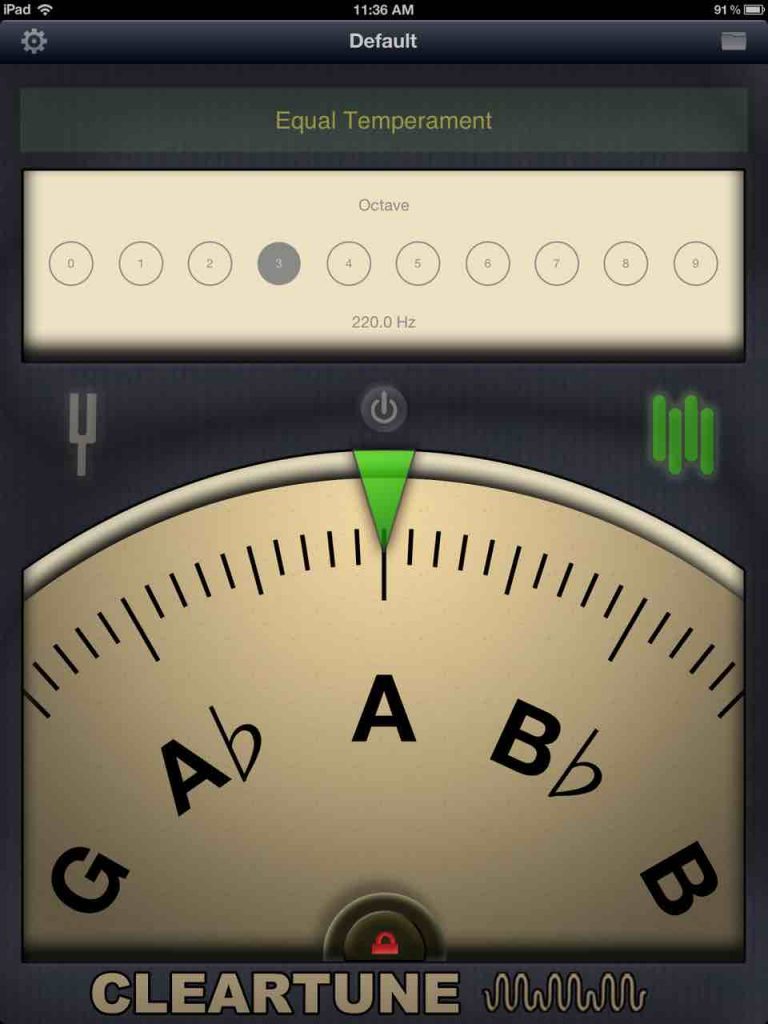
Figure A1.2. Cleartune Screenshot: A = 220 Hz.
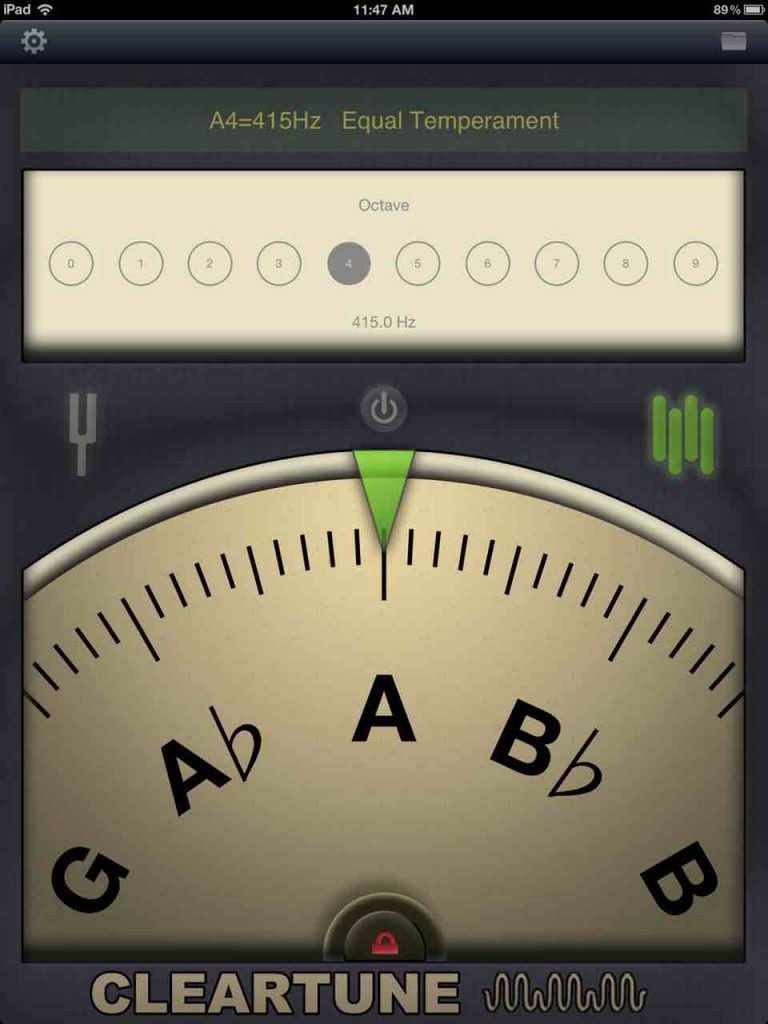
Figure A1.3. Cleartune Screenshot: A = 415 Hz.
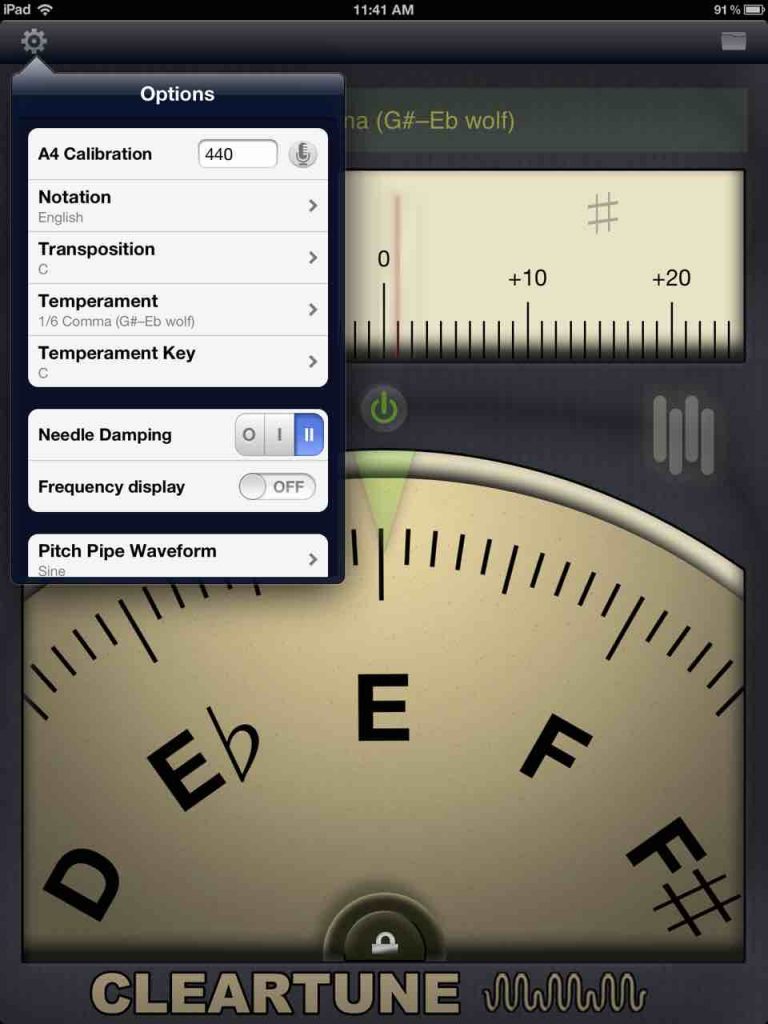
Figure A2.1. Cleartune Screen Shot: Options.
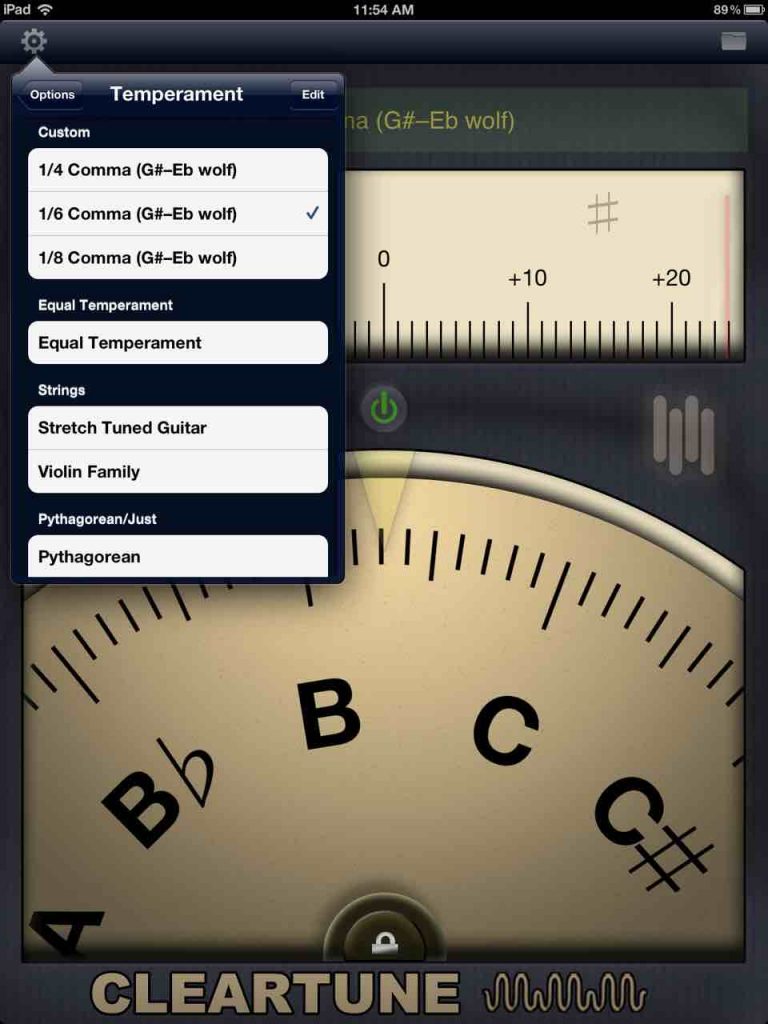
Figure A2.2. Cleartune Screen Shot: Temperament.

Figure A2.3. Cleartune Screen Shot: Add Temperament.
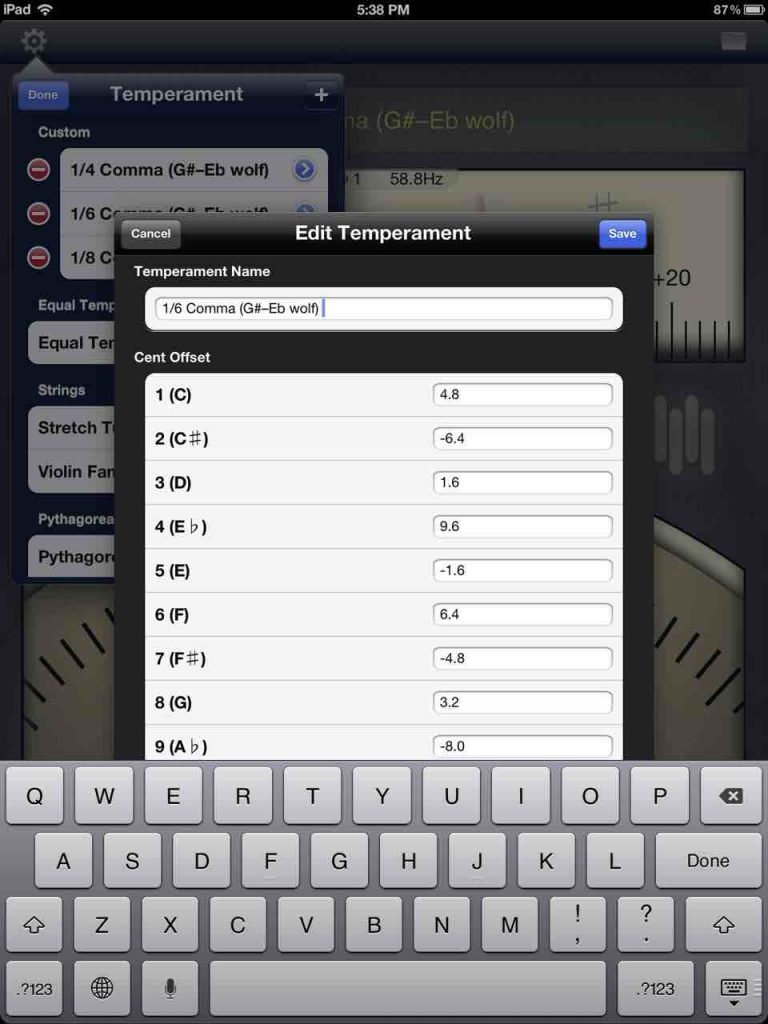
Figure A2.4. Cleartune Screen Shot: Edit Temperament
New Figures
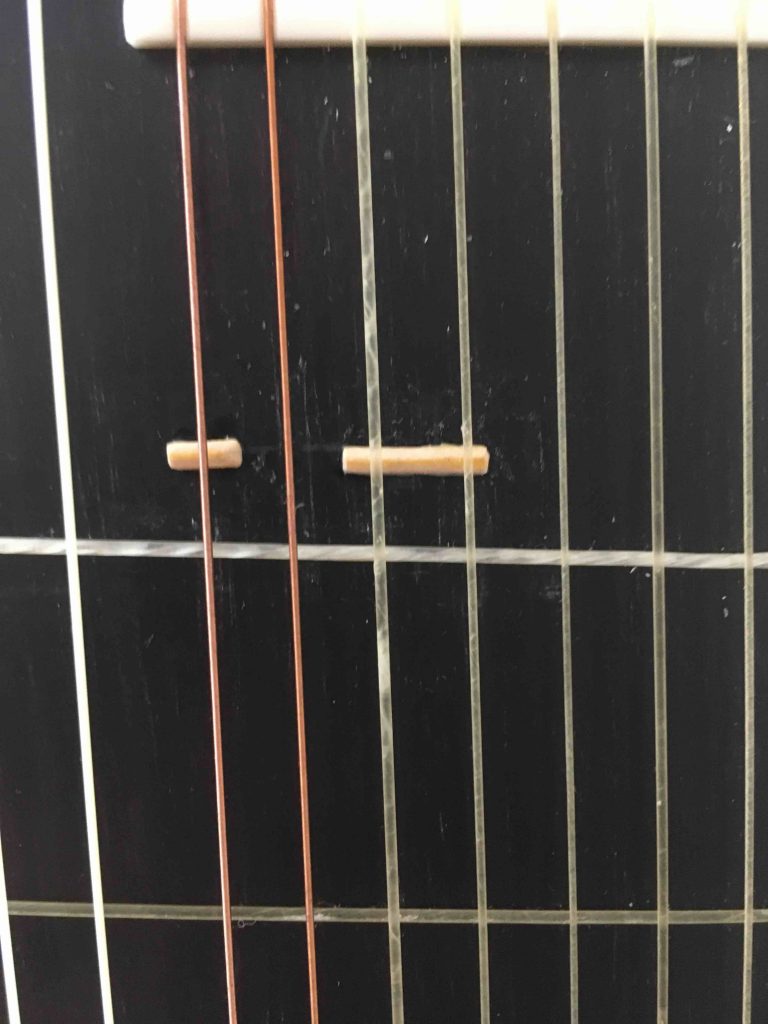
Theorbo with glued on frets.
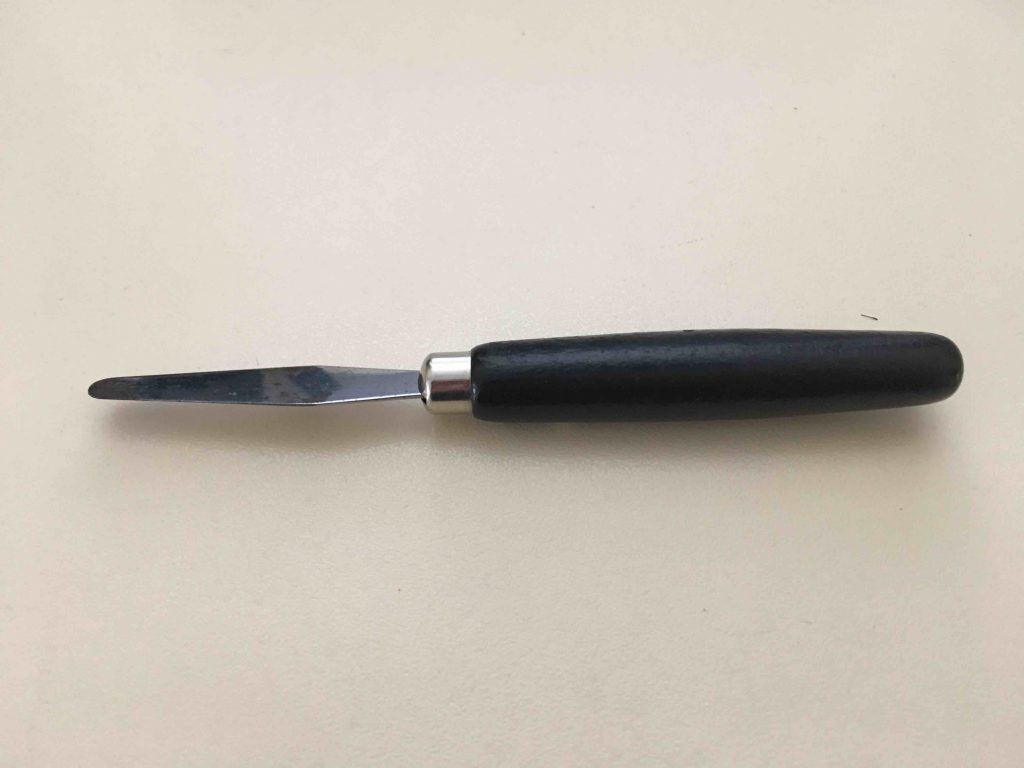
Palette Knife.

Neil Haverstick’s 22-fret guitar. Photo courtesy of Neil Haverstick.
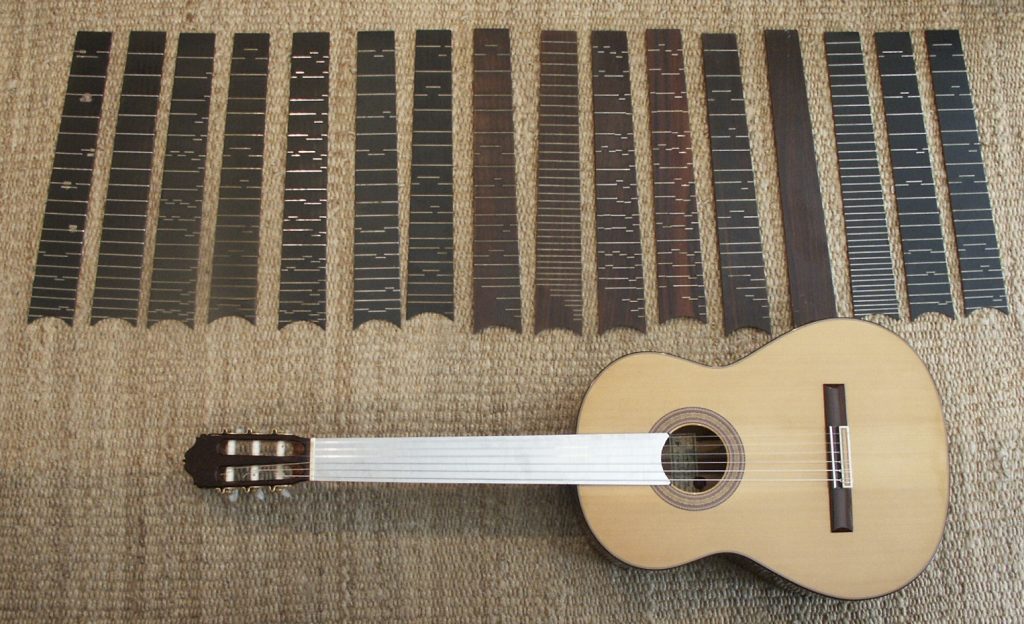
John Schneider’s Microtonal Guitar and Fretboards. Photo courtesy of John Schneider.

Tolgahan Çoğulu and his microtonal guitar. Photo courtesy of Tolgahan Çoğulu.
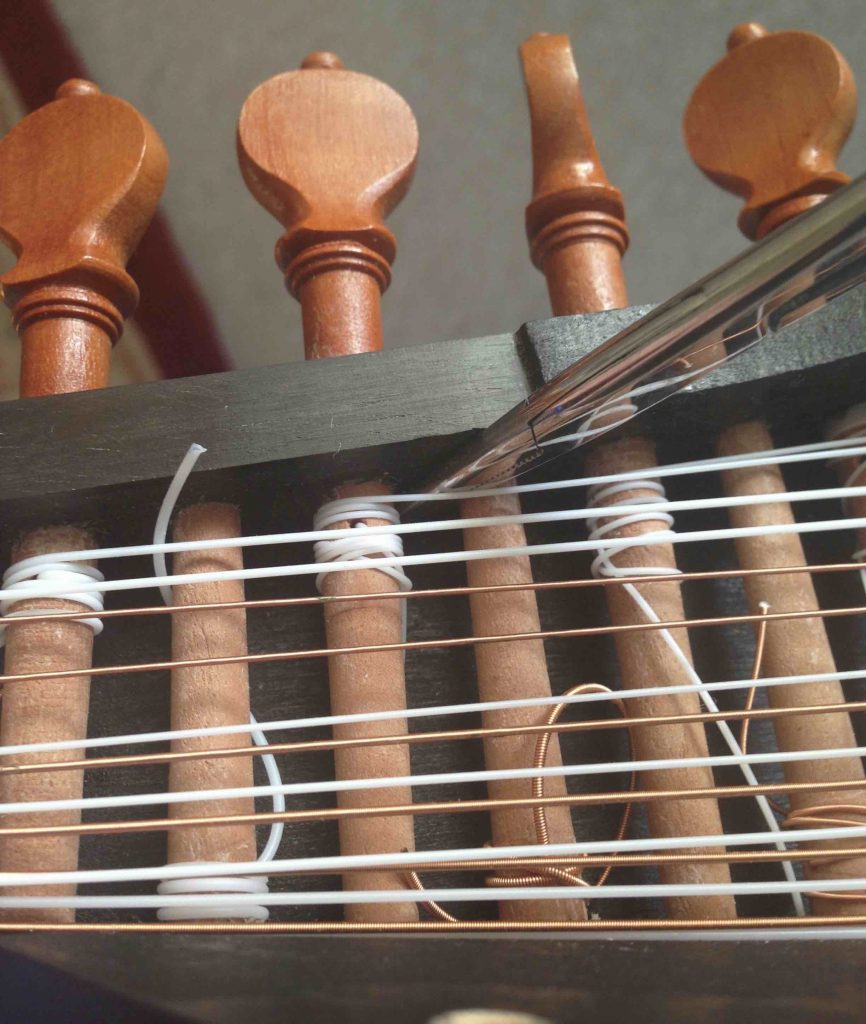
Using forceps to prevent string from jamming up against cheek.
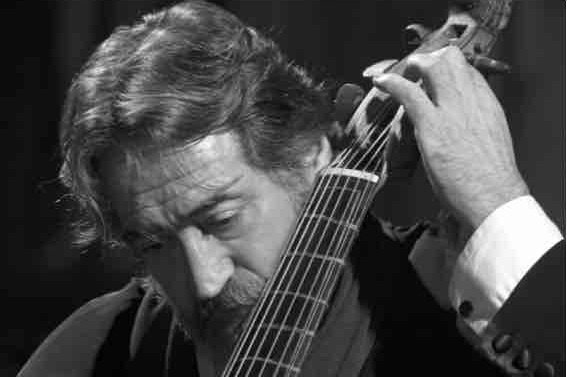
Jordi Savall with his 1st fret moved toward the nut so to make mis available on bass side.